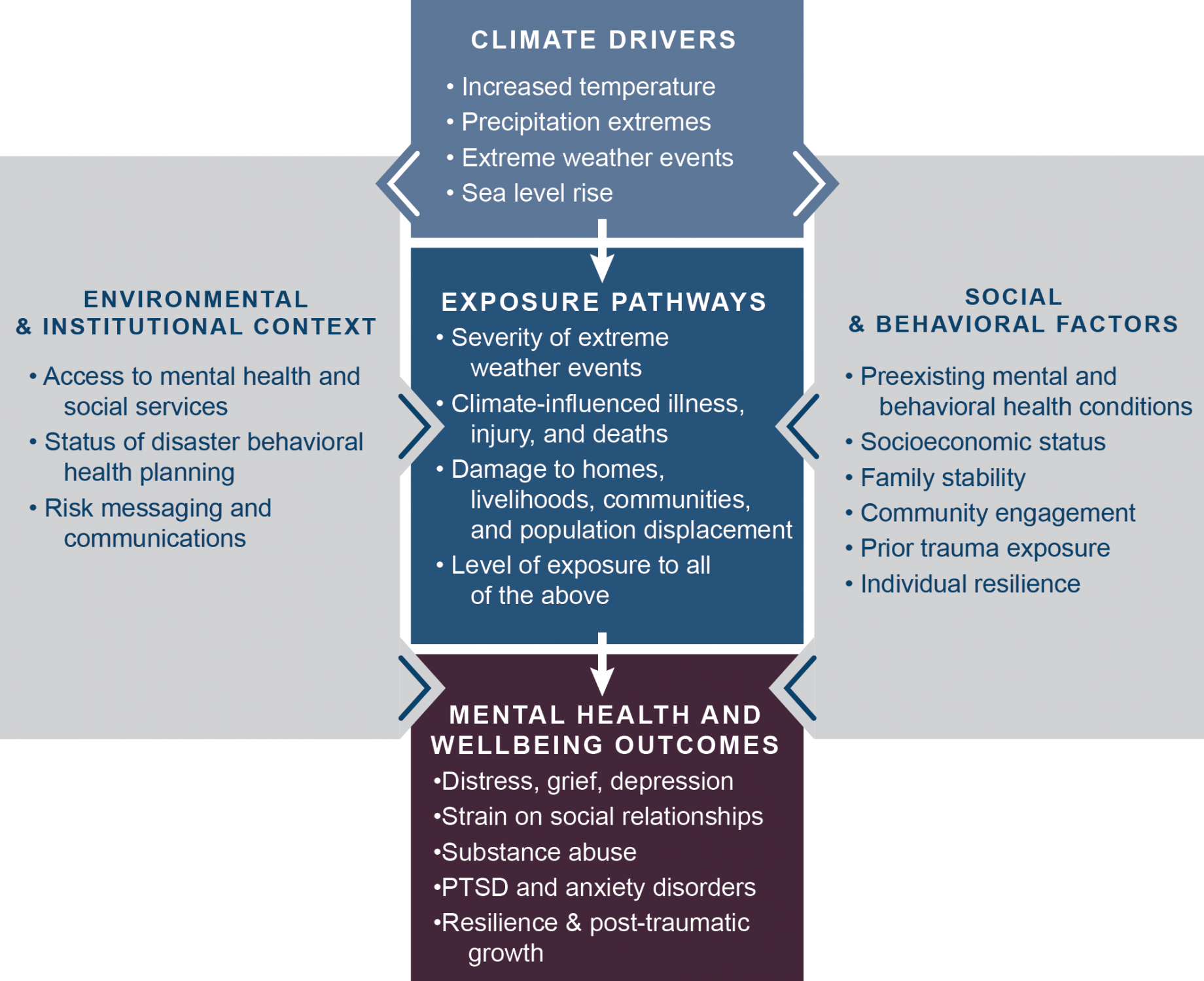
The land in north-central Canada has been slowly lifting up after the melt of glaciers from the last ice age. The ice is also able to have a regional effect on the elevation of land, which lifts up once the ice has melted from its surface. For example, the continental ice sheet moved rocks as it flowed south during the last ice age, creating Cape Cod, Long Island, hills, and lakes. The carbon cycle is one of several biogeochemical cycles, which all involve the geosphere, the biosphere, and other spheres of the Earth system.Ĭryosphere: Glaciers and ice sheets, parts of the cryosphere, have a large impact on the rocks and sediments below them. As rocks are uplifted into mountains, they start to erode and dissolve, sending sediments and nutrients into waterways and impacting the ecosystems for living things.Īs climate changes, the geosphere interacts with various other parts of the Earth system.īiosphere: The carbon cycle, usually linked with the Earth’s biosphere, includes deep storage of carbon in the form of fossil fuels like coal, oil, and gas as well as carbonate rocks like limestone. (See this week’s case study for more information about volcanoes and climate.) Faster plate tectonic movements also mean more mountains are built in areas where plates converge. For example, at times when the rate of plate movements has been high, there is more volcanic activity, which releases more particles into the atmosphere. As the rate of plate tectonic movements has changed over geologic time scales, the rock cycle has changed as well, and these changes have been able to affect climate.

Changes in the rate that rocks are made and destroyed can have a profound effect on the planet. The primary agent driving these processes is the movement of Earth’s tectonic plates, which creates mountains, volcanoes, and ocean basins. Metamorphic rocks are formed when heat or pressure is applied to other rocks.Igneous rocks are formed by the cooling and crystallization of molten rock.

Sedimentary rocks are formed via weathering and transport of existing rocks, and then deposition, cementation, and compaction into sedimentary rock.The processes of the rock cycle such as metamorphism, melting and solidification, weathering, erosion, deposition, and burial are responsible for the constant recycling of rocks on Earth between sedimentary, igneous, and metamorphic states. The geosphere also includes the abiotic (non-living) parts of soils and the skeletons of animals that may become fossilized over geologic time.īeyond these parts, the geosphere is about processes. Less than ten percent of Madagascar’s original, intact forest cover, the fossa’s only home, remains today.The geosphere includes the rocks and minerals on Earth – from the molten rock and heavy metals in the deep interior of the planet to the sand on beaches and peaks of mountains. Presently, fossas are threatened due to habitat loss. Explorers first arrived on the island some 2,000 years ago, and scientists believe that they would have been met by a bizarre assemblage of now-extinct beasts, including lemurs the size of gorillas and a ten-foot-tall flightless bird. Madagascar is home to an enormous variety of plant and animal life, and a number of species are unique to the island-including over 30 species of lemur, the fossa’s prey of choice. Females give birth to an annual litter of two to four young, and adulthood is reached after about three years.

It is active at night and also during the day. The elusive fossa is a solitary animal and spends its time both in the trees and on the ground. It can wield its tail like a tightrope walker's pole and moves so swiftly through the trees that scientists have had trouble observing and researching it. The fossa is also equipped with a long tail that comes in handy while hunting and maneuvering amongst the tree branches. Its coat is reddish brown and its muzzle resembles that of a dog. Unlike mongooses, and more like felines, the fossa has retractable claws and fearsome catlike teeth. It is the largest carnivore and top predator native to Madagascar and is known to feed on lemurs and most other creatures it can get its claws on, from wild pigs to mice. Growing up to 6 feet long from nose to tail tip, and weighing up to 26 pounds, the fossa is a slender-bodied catlike creature with little resemblance to its mongoose cousins. A relative of the mongoose, the fossa is unique to the forests of Madagascar, an African island in the Indian Ocean.


 0 kommentar(er)
0 kommentar(er)
